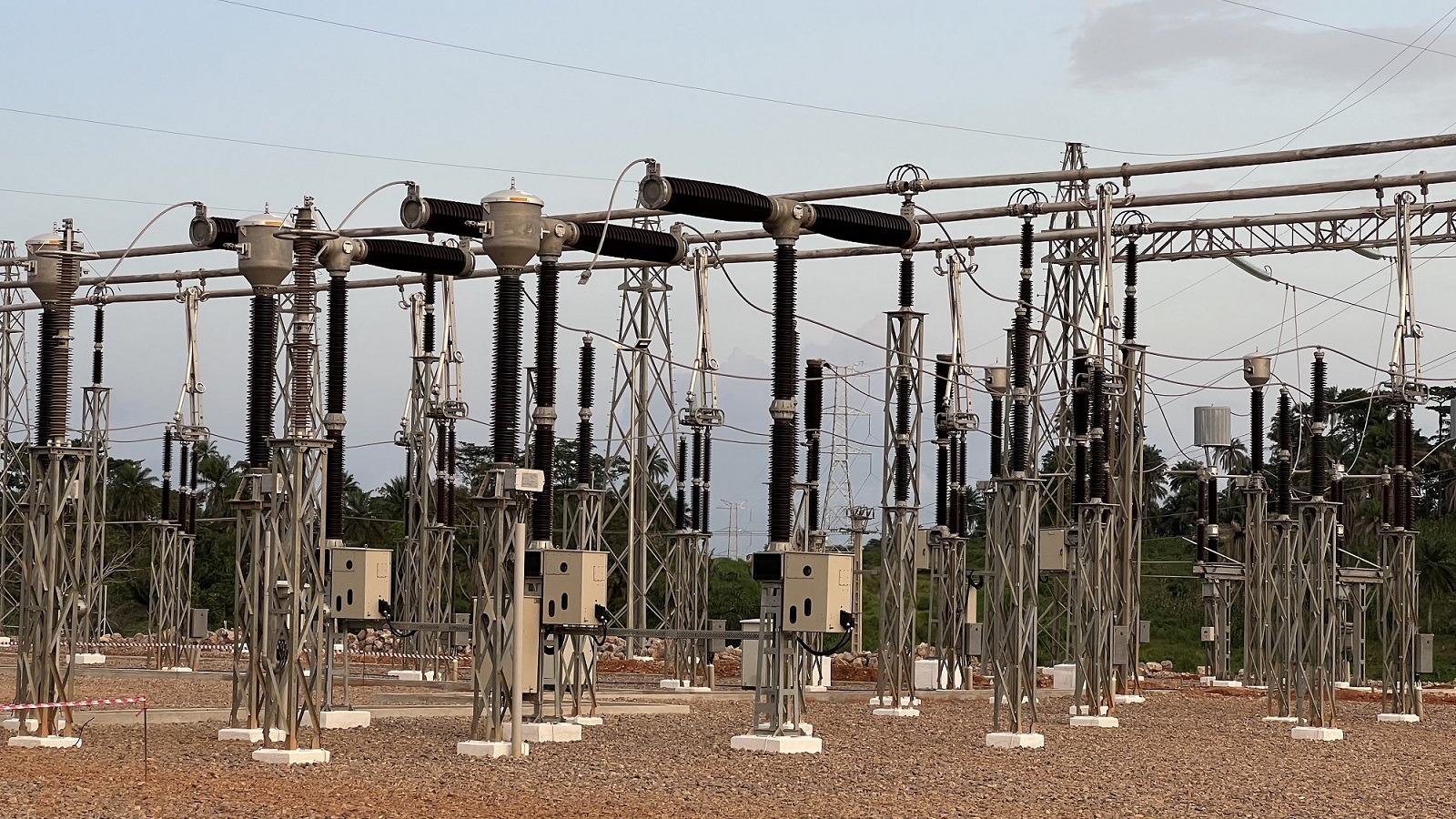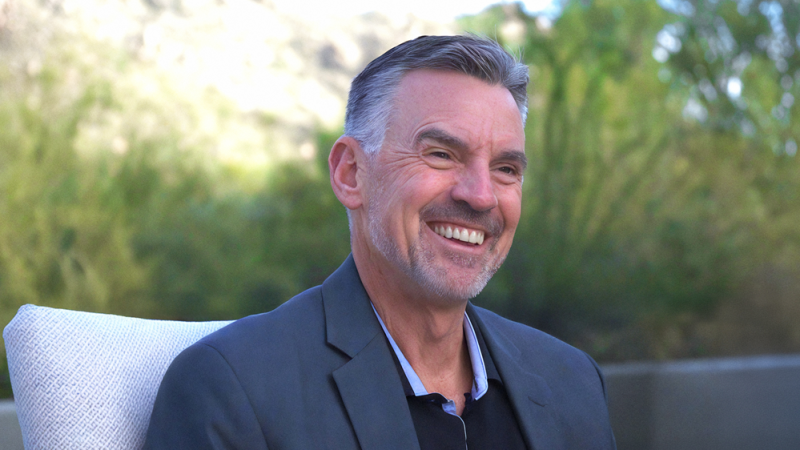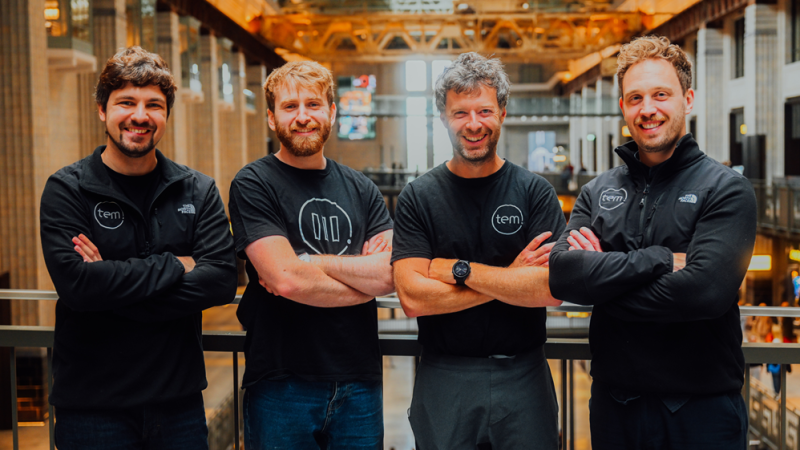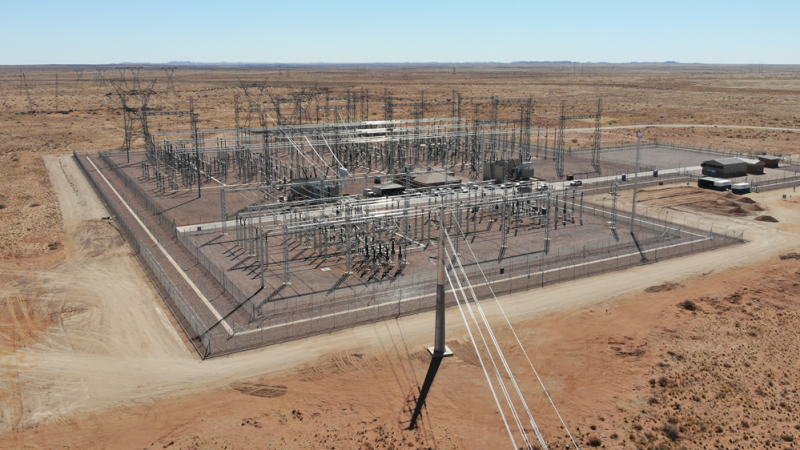Transco CLSG was brought into existence by a treaty between four countries, and four presidents, resulting in a treaty ratified across four different parliaments. The goal was to create uniform power transmission infrastructure working across Liberia, Guinea, Sierra Leone, and Cote d’Ivoire.
“It was an international commitment, an SPV established to implement a project that would benefit the West African power pool, owned equally by the national utilities of each of its member countries,” explains Mohammed Sherif, who was recruited as General Manager of the entity in 2014. “I was given this concept, and we have translated it into reality.”
Transco CLSG’s mission is to be the best interconnector in the region and beyond, owning, constructing, and operating its own interconnection line. Already the impact of its work has become visible.
“In Liberia, the electricity is ready to be supplied but the government has not signed a power agreement, they’re about to sign next month and begin trading in November,” Sherif tells us. “That means all four countries will be trading simultaneously, and cost recovery will begin with countries trading on the line so we can pay our operators and contractors.”
A Collaboration of Four Nations
It is a project that has been through many phases, each including its own challenges. During the preconstruction phase engineers had to be recruited before the project could be implemented. As a project that is being run, and funded, across four different countries, the process of agreeing on terms and planning out the project has been a rigorous one.
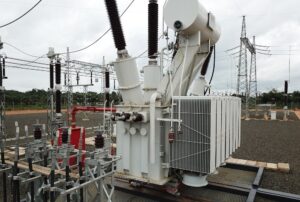
“It is a multinational project, with funding from the World Bank, the African Development Bank, the World Investment Bank and German Investment Bank pooled together,” Sherif tells us. “There was a list of effective conditions we had to implement before funding could go ahead. When I took over, I had to go around the four respective companies to ensure the financing agreement was ratified.”
Transco CLSG achieved all those conditions by 2015, and the project was set into motion. A second engineer was recruited, as were various contractors, who Transco CLSG began evaluating as it started work in 2017 and 2018. However, as time passed, and challenges, including the Ebola crisis, came and went, the commercial environment changed.
“We had the documents prepared, and the bidding received from contractors far exceeded our estimates from 2012, when the project was prepared,” Sherif says. “Since then, over four years, inflation and the exchange rate depreciation had become a challenge, resulting in rising costs and the anticipated submissions by EPC contractors. If we had bid $2 million before, now the smallest bid was $11 million. Those were the challenges we had to undertake.”
Transco CLSG had to go back to the drawing board, re-examining its procurement strategies.
“We had the European Investment Bank funding the project, and the African Development Bank procurement guidelines which were used for the acquisition of transport and non-functional activities,” Sherif tells us. “Based on that, we proceeded to implement the project.”
With the large number of stakeholders involved, communication was a key part of the project from the outset.
“We used to have twice-weekly coordination meetings with our stakeholders in the stakeholder countries,” Sherif says. “The idea was to come together to address problems in the implementation of our solutions and resolve significant issues. Then came Covid. Fortunately for us most of our contractors continued to work.”
When we speak to Sherif, the transmission network is 97% complete, with construction completed all the way to Liberia and Sierra Leone. But as completion of the construction phase of the project approaches, Transco CLSG now has to address the energisation of the line, and ultimately, the commencement of commercial operations.
“The bigger challenges now are in the trade-on-the-line,” Sherif says. “We anticipate trading with the big energy companies. There are problems we believe need to be addressed to help to connect more internally, growing the internal capability of individual energy companies to increase demand. We are trading to be in a position to recover our costs and deliver not just affordable electricity but reliable electricity.”
An Electric Rural Future
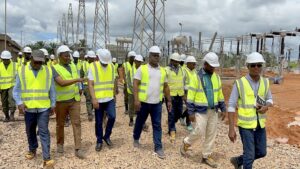
The Transco CLSG transmission network will prove to be a valuable tool in bringing electrification to rural communities across the four countries it is working within. The rural electrification is being financed by the African Development Bank across Cote d’Ivoire, Liberia, Guinea, and Sierra Leone, implemented by their utility companies.
“The idea is that along the transmission line communities will benefit from the rural electrification component of the project thanks to tap-in points where connections can be made to give electricity to villages,” Sherif says. “Liberia has started implementing it. Guinea has also gone far. By 2023 we want everyone to be connected to the transmission network.”
This process will happen in parallel as Transco CLSG continues to construct, operate, and develop the project on an ongoing basis, and Sherif has big hopes for the future.
“We can now work on aspects of the trade, working with local authorities to introduce more connections to the region, collaborating with them to increase trade on the line,” says Sherif. “We have mining companies expressing interest in the region of 100 MW of supply. Our line is at 243 MW for now. We believe the line will be oversubscribed within two or three years, so in anticipation of that we are looking at the increasing to 486 MW capacity.”
It is not only an admirable project in terms of construction, financing, and trade in its own right, but Transco has also created a model that others can learn from.
“When we started, from the beginning, people said it would be difficult to implement across four separate countries with different languages and cultures. Many of these are post-conflict countries, with difficult terrain,” Sherif recalls. “We mapped out stakeholders, engaged them regularly and got the support of all four countries. They supported this project with donors, they all helped push this project. With their support, we have been able to reach this far. We are providing electricity 24/7 to three of our four countries, and soon Liberia will be experiencing the same 24/7 electricity. In the next year or two, we expect Guinea will start to supply on the line. The price will come down, we will have two suppliers on the line, not only our four countries but to Ghana and even beyond with an interconnected line.”
At a time when there is so much anxiety around energy, it is a hopeful vision for the future.
